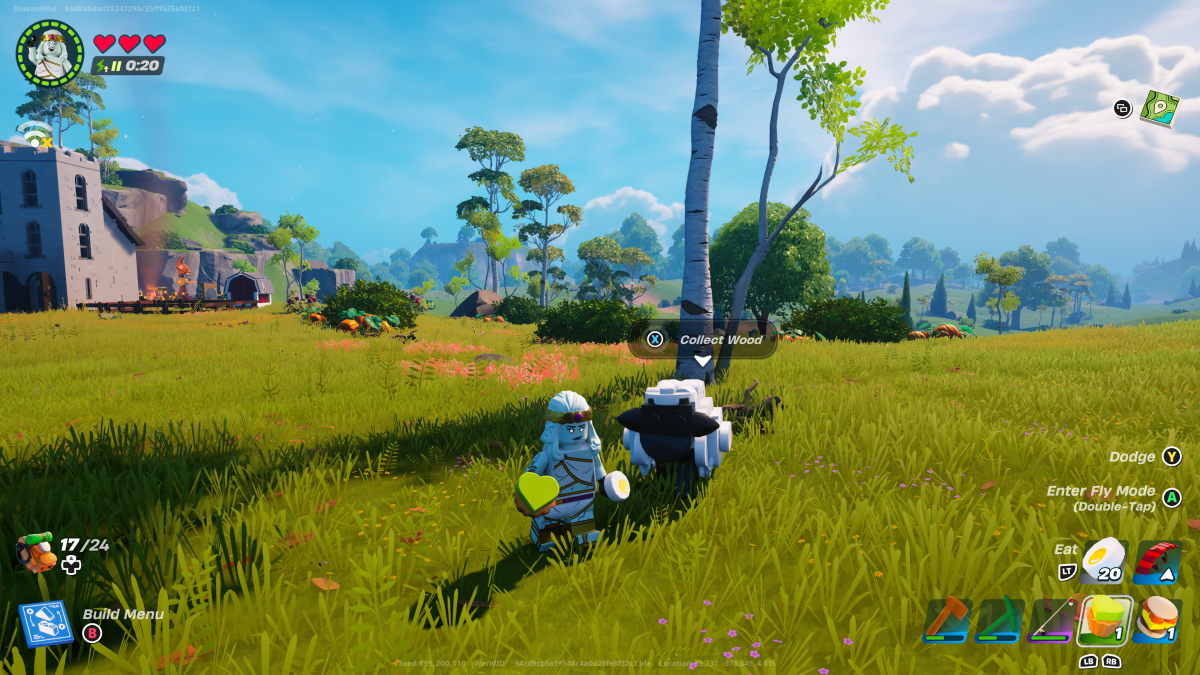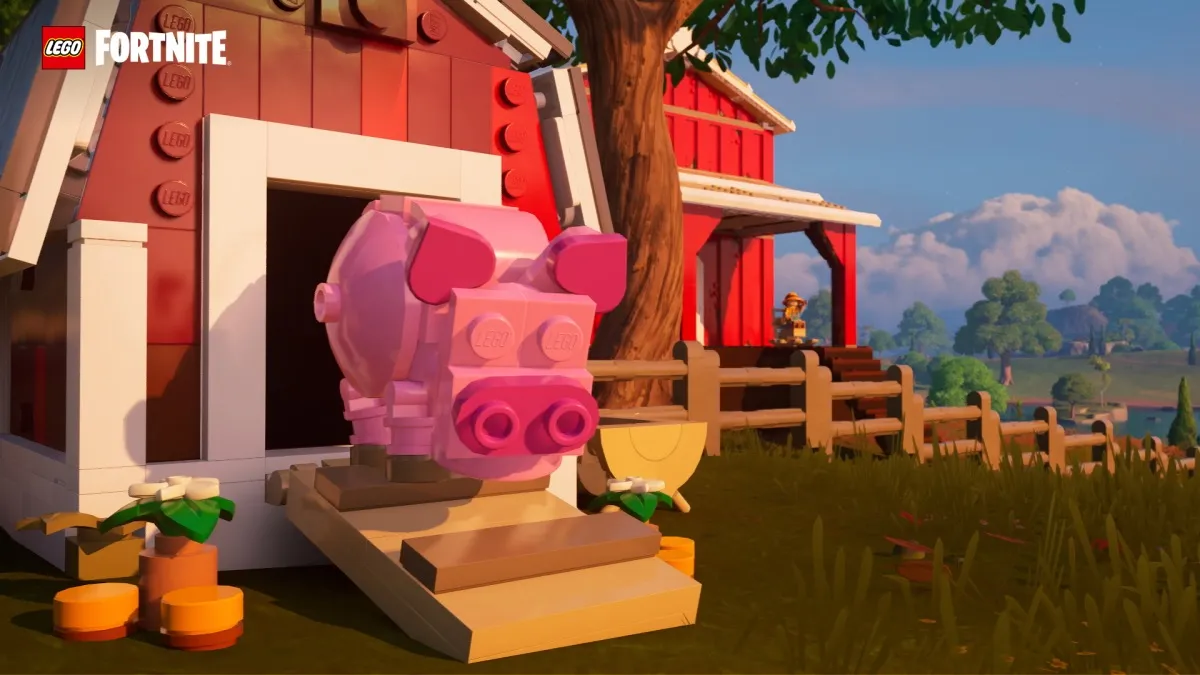BioShock 2’s greatest sin is being a sequel to BioShock. Its second greatest sin is being a not exactly great game, but if it wasn’t part of the esteemed BioShock lineage, it would be remembered as an imaginative and fun, yet ultimately hollow experience. But since it is, it is remembered as all of those things, as well as a colossal disappointment.
In the end, the hollowness of BioShock 2 is fitting, given its subject matter. In what I suppose was an act of obligation to its predecessor’s examination of the political philosophy of Objectivism, BioShock 2 attempts an examination of Collectivism, and perhaps that attempt is its narrative downfall. Where Objectivism is a single target, created by a single person with a select set of ideals and beliefs named Ayn Rand, thus allowing for a much more singular, focused deconstruction of those ideas, Collectivism is a broad term used to describe the many different political philosophies that share a belief in human interdependence, that all people are equally important. Collectivism is so broad a term that it actually manages to cover both Democracy and Communism; its a catch-all.

While the selection of Collectivism as a political target has significance in the history of Objectivism, as Ayn Rand was a particularly adamant critic of the philosophy, and does allow for some very cool audio log debating between Rand-analogue Andrew Ryan and the embodiment of Collectivism in Rapture, its use in BioShock 2 is as wishy washy as can be, as fleeting as the word itself. It is window dressing, rather than a central theme, but since the main antagonist, Sofia Lamb, the aforementioned Collectivist embody-er, is so connected to the philosophy, it drags the plot to the ocean floor, to the figurative bottom of Rapture’s barrel, rather than to the soaring heights of her highest towers.
Ironically, down in that bottom, swimming in the dark corners of Rapture’s underworld, is where BioShock 2 has a moment of glory that recalls in power the infamous “Would You Kindly?” scene of BioShock.

Oh, the “Would You Kindly?” sequence. The first true break-out narrative moment in video game history. I would make the argument it was that scene, in Andrew Ryan’s office, a simple betrayal, that paved the path for the last 6 years of incredibly brave video game narratives that are unafraid to use the fact that they are games to add immense power to their narrative. But it is not a simple betrayal. Occasionally lost among the praise is why “Would You Kindly?” works. It’s beyond simple shock, or character development. “Would You Kindly?” works because it preys on one of the most prevalent aspects of game design; the voice in your ear that gives you directions, the person controlling your objectives, the “but thou must” method of shuffling players from objective to objective, moment to moment. Orders and commands, its almost like you aren’t really in control, are you?
It’s that small idea that is planted in the head of the player by the “Would You Kindly?” sequence, and from underneath which comes forth a thousand existential debates with yourself over your own actions. Did you really choose to shoot those splicers? Did you really choose to buy that plasmid, or pick up that weapon? Did you choose anything? Can you choose anything? To make someone truly ponder those questions is to wrestle with God. The fact that it is such a moment that could truly only be done in a video game is an incredible vindication of the medium’s power.

BioShock 2 does not have a moment that rattles the mind like that. Or, at least, I didn’t think it did. Until I played it back through a few months ago, in preparation for a different piece with a different subject (ironically about the ways in which this game did not have a moment like that), and came through the game’s third chapter; Siren Alley.
Siren Alley is the darkest public depth of Rapture. It is the bloody, seedy, sadistic heart where ADAM first began its corruption. Here is where Subject Delta, protagonist of BioShock 2, descends in an attempt to prevent his friend and guide Augustus Sinclair from suffocating to death in Dionysus Park. Wandering here, searching for a pump activation that will allow oxygen back into Dionysus Park, Subject Delta encounters the devoted Father Wales, a follower of The Family and of Sofia Lamb. None of this is especially memorable, or interesting. Father Wales is a generic religious fanatic with an obsession for the protection of Eleanor Lamb. You kill Father Wales, and snatch the activation key for a pumping station in Dionysus Park that will give air back to Sinclair… and here is where things begin to get weird.
You’ve been constantly told of the very small amount of time you have to reach Dionysus Park after hitting the button, and yet the game holds you in place for a monologue from Sofia Lamb. About you, about the Family, and how Rapture must die, and it all seems like the same old drivel. She even pulls a super villain move and begins to flood Siren Alley in a rage, regardless of her Family’s lives. But then things slow down. Her monologue changes in tone. In direction. As you run for your life, she changes who she is talking to – She starts talking to you, the player.

“Subject Delta, I want you to commit this moment to memory for me; this howling, brutish slog through the dark…”
The flood waters rise, lights go out. Its a mad sprint through the corridors through which you fought, marks of your destruction scattered throughout. The sense comes that something dreadful is coming.
“…This is who we are.”
What could she be referring to? Well, if she’s talking to us, are we related to this howling, brutish slog? What, precisely, are we being compared to? The water rushes louder, rises higher. We cross through an elevated district adjacent, one slightly nicer than the seedy Alley proper but still with shades of dark, and we go down through a tunnel to one of Rapture’s doors to Siren Alley… and its bursting with water. With three strains of steel, the door bursts and all of Siren Alley floods, killing all inside… except you. This is what you walk into, and with bodies floating, death passing just over your head, Sofia Lamb delivers the coup de grace;
“Look, Delta. It is the world for which you strive. You, alone among the dead.”

One of the greatest controversies in modern video game criticism is the use of violence and combat as the primary method of gameplay in video games. Over the last couple of years, the copious amounts of violence that takes place in AAA games has come under great scrutiny, to the point in which entire games have arisen that are dedicated to deconstructing our use of violence in games. You’ve heard of them; Spec-Ops: The Line is the most famous, it being a 7 hour long tract on how we use violence as an escape. But that was 2012, when the criticism was first coming. Prior to that, it almost never existed at all. And yet, here, in the middle of an otherwise paint-by-numbers first person action game, remembered mostly for lacking the critical mind of its predecessor, is what I think is one of the most damning indictments of violence in games ever crafted.
Sofia Lamb’s “Alone Among The Dead” monologue speaks to the endgame of all violence in games, no matter how justified, correct, or against any perceived “bad guy”. What are we accomplishing through the killing of others, other than the furthering of a horrible, terrible goal, one we shy from and yet celebrate through justification of ourselves, of our religions, of our governments? When we tear through people in games, no matter how we so justify our actions, are we doing anything other than insuring the goal of leaving us in a howling, brutish slog through the dark of the world, flooded by death, leaving us to be the champions of a pile of ash? And isn’t it kind of strange how so many games rely on this like the destruction of hundreds of people, sometimes thousands, or whole societies like Rapture, to create thrilling gameplay? Is that worth it, to be alone among the dead?
BioShock 2 raises this question and then drifts it away, like so much of its story, like so many of the things it attempts to be about. That’s a shame, because for one fleeting moment, BioShock 2 challenges everything we take for granted about how we create thrills and achieve player satisfaction in games. Though it is ultimately for naught, it should be commended for that. And more should strive to do the same.


